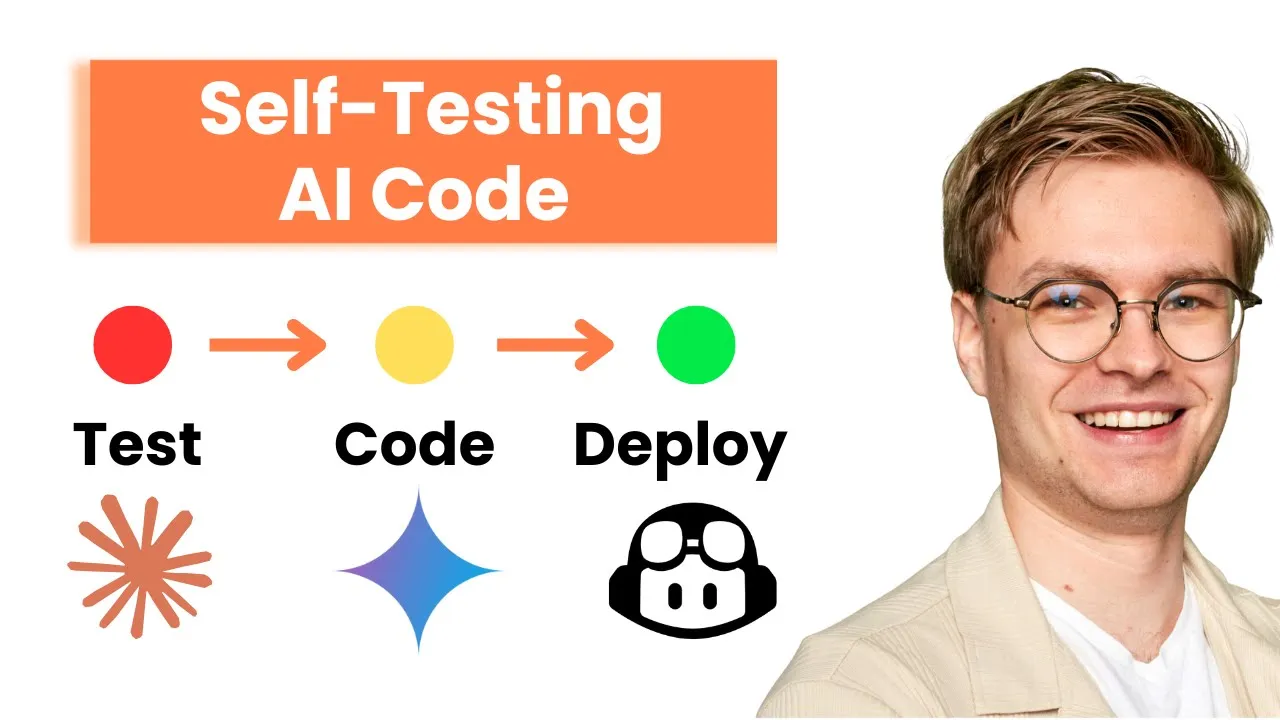The Reality Check AI Engineers Need About Productivity Claims
Every AI coding tool promises to make developers 10x more productive, but here’s the uncomfortable truth: most productivity claims are based on cherry-picked examples that don’t reflect real-world development challenges. The marketing materials show impressive demos where AI generates entire applications in minutes, creating unrealistic expectations that lead to disappointment and misguided investment decisions.
The reality of AI-assisted development is more nuanced than the hype suggests. Yes, AI coding tools provide significant productivity benefits in specific scenarios, but they also introduce new challenges, require different skill sets, and create dependencies that can actually slow development in certain situations.
Debunking Common AI Productivity Myths
Understanding the reality behind AI productivity claims helps set appropriate expectations and enables more effective adoption strategies.
The “10x developer” myth represents the most pervasive misconception in AI coding discussions. This claim typically measures productivity by lines of code generated or initial functionality delivered, ignoring the substantial time required for debugging, testing, security hardening, and production deployment of AI-generated code.
Real productivity gains from AI coding tools are highly context-dependent. Simple, well-defined tasks with clear requirements and established patterns show the most dramatic improvements. Complex business logic, integration challenges, and production reliability requirements show much smaller gains and sometimes negative productivity impact when factoring in correction time.
The myth of “no coding required” misleads non-technical stakeholders into believing AI eliminates the need for programming expertise. In reality, effective AI coding requires deeper technical understanding to evaluate generated code, identify potential issues, and implement necessary enhancements for production readiness.
Speed of initial implementation doesn’t translate to overall development velocity. While AI can generate working prototypes rapidly, the time required to transform those prototypes into production-ready systems often exceeds the time saved during initial development, especially when factoring in debugging, testing, and maintenance requirements.
Understanding why AI projects fail provides essential context for recognizing when productivity claims don’t align with project realities and business outcomes.
Measuring Real AI Coding Productivity
Effective productivity measurement requires comprehensive metrics that capture the entire development lifecycle, not just initial code generation speed.
Traditional productivity metrics fail to capture the complexity of AI-assisted development. Lines of code generated per hour provides meaningless insights when the generated code requires extensive modification, debugging, and enhancement before reaching production quality.
Comprehensive productivity measurement should include time to working production deployment, not just time to initial functionality. This metric captures the full cost of transforming AI-generated code into reliable, maintainable systems that deliver business value.
Quality-adjusted productivity metrics provide more realistic assessments by factoring in the time required for code review, testing, debugging, and security hardening. These metrics reveal that AI productivity gains are often much smaller than initial generation speed suggests.
Developer satisfaction and cognitive load represent important productivity factors that pure speed metrics ignore. While AI can generate code quickly, the mental overhead of evaluating, understanding, and modifying AI-generated implementations can be substantial, particularly for complex systems.
Long-term maintenance costs significantly impact overall productivity calculations. AI-generated code often requires more ongoing maintenance due to suboptimal architectural choices, missing documentation, and implementation patterns that are difficult to understand and modify over time.
Setting Realistic Expectations for AI Tools
Successful AI tool adoption requires honest assessment of capabilities, limitations, and appropriate use cases rather than believing marketing hype.
AI coding tools excel in specific scenarios including boilerplate code generation, standard implementation patterns, and well-defined algorithmic problems. Recognition of these strengths enables strategic tool usage that maximizes genuine productivity benefits.
The tools struggle with complex business logic, integration challenges, performance optimization, and production reliability requirements. Understanding these limitations prevents over-reliance on AI for inappropriate tasks and reduces frustration when tools don’t meet unrealistic expectations.
Context switching overhead represents a hidden productivity cost in AI-assisted development. Moving between AI generation, code review, testing, and debugging creates mental overhead that pure generation speed metrics don’t capture.
Skill development remains essential even with AI assistance. Developers need enhanced code review capabilities, debugging skills, and system design expertise to work effectively with AI-generated code. The notion that AI eliminates the need for technical expertise is fundamentally flawed.
Team dynamics change with AI adoption, requiring new collaboration patterns, review processes, and quality assurance approaches. These organizational changes take time and represent productivity investments that aren’t captured in simple speed measurements.
Building Sustainable AI Development Practices
Sustainable AI-assisted development focuses on long-term value creation rather than short-term productivity optimization.
Develop clear guidelines for when to use AI coding tools versus traditional development approaches. Not every development task benefits from AI assistance, and strategic tool selection maximizes overall team productivity while minimizing frustration and wasted effort.
Implement comprehensive quality assurance processes specifically designed for AI-generated code. These processes should address common AI coding issues including security vulnerabilities, performance problems, and maintainability concerns that standard code review might miss.
Invest in team education and skill development to work effectively with AI tools. This includes training in prompt engineering, AI code evaluation, and enhanced debugging techniques necessary for AI-assisted development workflows.
Establish realistic productivity metrics that capture true business value rather than vanity metrics that don’t correlate with project success. Focus on time to production deployment, system reliability, and long-term maintenance costs rather than initial code generation speed.
Create feedback loops that enable continuous improvement in AI tool usage. Track which types of tasks show genuine productivity improvements versus those where AI assistance provides little value or creates additional overhead.
The Business Reality of AI Coding Investments
Effective AI coding adoption requires realistic cost-benefit analysis that considers the full spectrum of implementation challenges and long-term implications.
Technology adoption costs extend far beyond tool licensing fees. Training, process changes, infrastructure updates, and productivity adjustment periods represent significant investments that organizations must factor into adoption decisions.
Risk assessment becomes critical when evaluating AI coding tools for business-critical systems. The potential for introducing security vulnerabilities, performance problems, or maintainability issues must be weighed against productivity benefits.
Competitive advantage from AI coding tools proves temporary as these tools become commoditized. Sustainable competitive advantages come from superior implementation processes, quality standards, and system design capabilities rather than from tool adoption alone.
Return on investment calculations should consider the complete development lifecycle including initial development, testing, deployment, maintenance, and eventual system replacement or major updates. Short-term productivity gains that create long-term technical debt provide negative overall value.
The most successful AI coding adoption focuses on sustainable productivity improvements through better processes, enhanced quality practices, and strategic tool usage rather than pursuing maximum generation speed at the expense of code quality and system reliability.
For teams working on AI implementation projects, realistic productivity expectations help avoid common pitfalls that lead to project delays and cost overruns.
The key to successful AI-assisted development lies in treating these tools as productivity enhancers for specific tasks rather than revolutionary solutions that eliminate development complexity. By maintaining realistic expectations and focusing on genuine value creation, teams can leverage AI coding tools effectively while avoiding the pitfalls that unrealistic productivity claims create.
To see exactly how to implement realistic productivity measurement and sustainable AI development practices, watch the full video tutorial on YouTube. I walk through each step in detail and show you the technical aspects not covered in this post. If you’re interested in learning more about AI engineering, join the AI Engineering community where we share insights, resources, and support for your learning journey.

